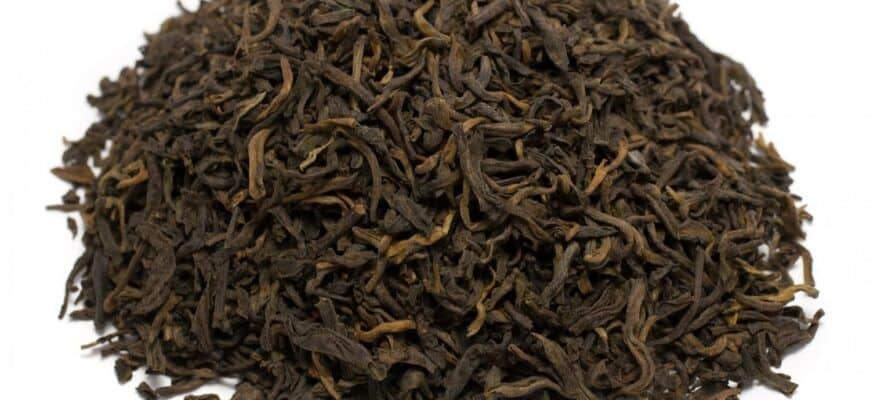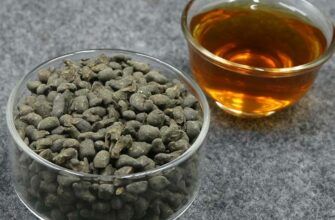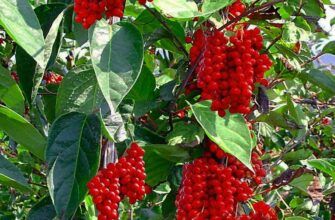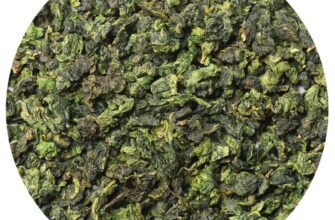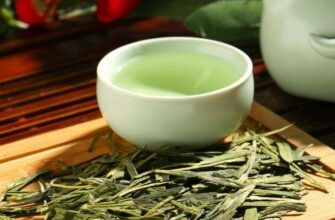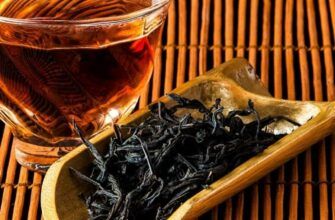May 23 2011
What makes pu-erh tea so unique? Well, almost everything. Growth conditions, growing region, unusual fermentation process all this makes it a special tea.
Like many teas and coffees, Pu-erh is named after the region where it was first harvested. There is a small town in Yunnan province called Pu-erh. From time immemorial, the collected tea was brought for processing to the Pu-er-fu area, and the place gave the name to the tea.
The raw material for Pu-erh is large-leaf Yunnan tea, which has already gone through the processes of twisting and drying. All teas have a wide range of health benefits, but puer has one additional benefit. By drinking Pu-erh tea, you can significantly reduce cholesterol levels, which is confirmed by scientific studies. Helping digestion (especially fatty foods), Pu-erh is the perfect tea after a heavy meal.
The taste of pu-erh is often underestimated because it actually gets better with age. You can buy very old Pu-erh samples, but they will be expensive. The taste of Pu-erh can be described as "earthy". To soften the taste, experts often recommend adding milk or cream to the finished pu-erh. As a result of long-term storage, mold may appear on the surface of the pu-erh, but it is believed that this only improves the taste and quality. Pu-erh tea goes on sale in pressed form. There are several common forms for pu-erh:
-Bing cha (literally tea-pancake) - tea pressed in the form of a disc
-Zhuan cha (literally tea brick) - tea in the form of a parallelepiped, kipich
- Jin gua cha (literally golden gourd) - tea in the shape of a gourd, a traditional Chinese symbol of longevity.
Read more:
